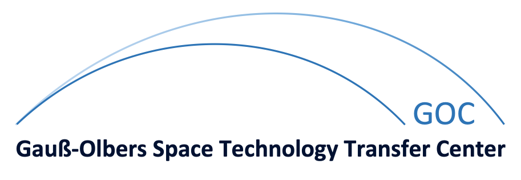| Kurzfassung: |
This paper investigates energy-efficient communication within an integrated sensing and communication (ISAC) system. The system employs a dual-function radar-communication base station. This base station concurrently serves multiple mobile users for communication purposes while also performing target sensing within a designated range cell. An active reconfigurable intelligent surface (RIS) is utilized to enhance communication efficiency. The focus of this work is to optimize the communication energy efficiency (EE) by jointly allocating the transmit power and configuring the RIS elements. This optimization is achieved while satisfying constraints on both the probing power required for target sensing and the quality-of-service demands of the communication users. Two novel optimization methods are proposed, combining techniques from alternating optimization, sequential programming, and fractional programming. Through numerical simulations, the effectiveness of the developed algorithms is validated. Additionally, the performance of the system utilizing an active RIS is compared to that of a system with a passive RIS, specifically in terms of their respective communication energy efficiencies. |







